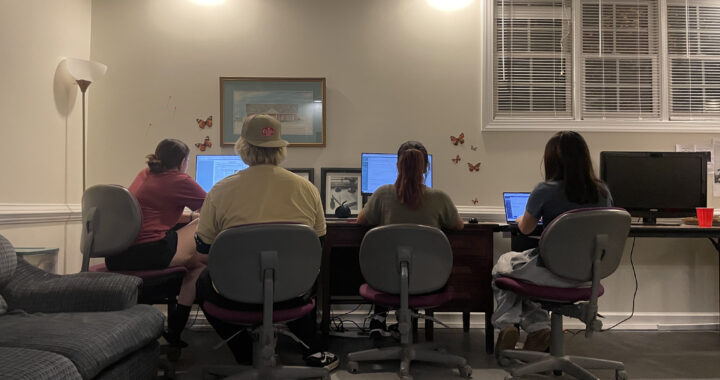Cow tipping debunked: more injury to tipper
3 min readBy KYLE PHALEN
The laws of physics have long been the bane of urban legends and science fiction. The revelation that sound cannot travel in space cemented much of science fiction as, well, “fiction.”
The law of momentum conservation made suspension of disbelief a requisite for the majority of martial arts films. However, the latest victim of scientific scrutiny is unlikely to hinder your enjoyment of the next season of “The Walking Dead” or a series of “Star Wars.” It may, however, limit your options for intoxicated weekend activities in a rural area.
I speak, of course, of the fabled activity known as cow tipping. The purported activity needs little description beyond its name. It refers to the simple act of tipping cows over for recreational purposes. Despite an absence of recorded evidence, the mythology of cow tipping persists through anecdotal accounts and a not so insignificant presence in media; in the 1980’s and 90’s, comedies such as “Heathers,” “Tommy Boy,” and an episode of “Beavis and Butthead” portrayed the act. Even “Grand Theft Auto V,” with all of its aspirations for realism, included the option to push cows over.
There exist some theoretical capacities  in which cow tipping could occur; a 2005 study from the University of British Columbia stated that several people could exert sufficient force to tip a stagnant cow on its side.
in which cow tipping could occur; a 2005 study from the University of British Columbia stated that several people could exert sufficient force to tip a stagnant cow on its side.
However, this hinges on the assumption that cows sleep standing up; a false assumption.
Unlike horses, cows have never been known to sleep while standing up, as any farmer will attest to.
Additionally, as stated in a recent article on modernfarmer.com, cows have a natural protective instinct, in addition to keenly developed senses of smell and sound. In the face of aggression from unfamiliar figures, they are highly unlikely to remain docile and stagnant.
There do exist situations in which farmers need to get a cow on their side, and, for this, a process called “cow casting” is utilized.
The practice consists of tying a rope around multiple parts of a cow’s body and pulling it, prompting the cow to lie down. It is a fairly complicated process that would be unlikely to exist if cow tipping was a legitimate practice.
However, the implausibility of success does not mean that cow tipping is never attempted.
A Youtube search for “cow tipping” returns upward of 38,000 results, with a large portion featuring failed attempts.
With this in mind, it may be valid to say that, while “cow tipping” is invariably unsuccessful, “cow pushing” still retains some popularity.
While cow tipping may initially seem like a blatant case of animal abuse, the simple fact is that the attempted cow tippers are far more likely to incur injury for themselves rather than the animal.
For this reason, and the lack of ethicality if one were miraculously successful in their efforts, attempts at cow tipping should be avoided and discouraged.
Cows persist as the primary source of dairy, leather and indeed as sacred figures within the Hindu faith. They are just not going to tip over.











